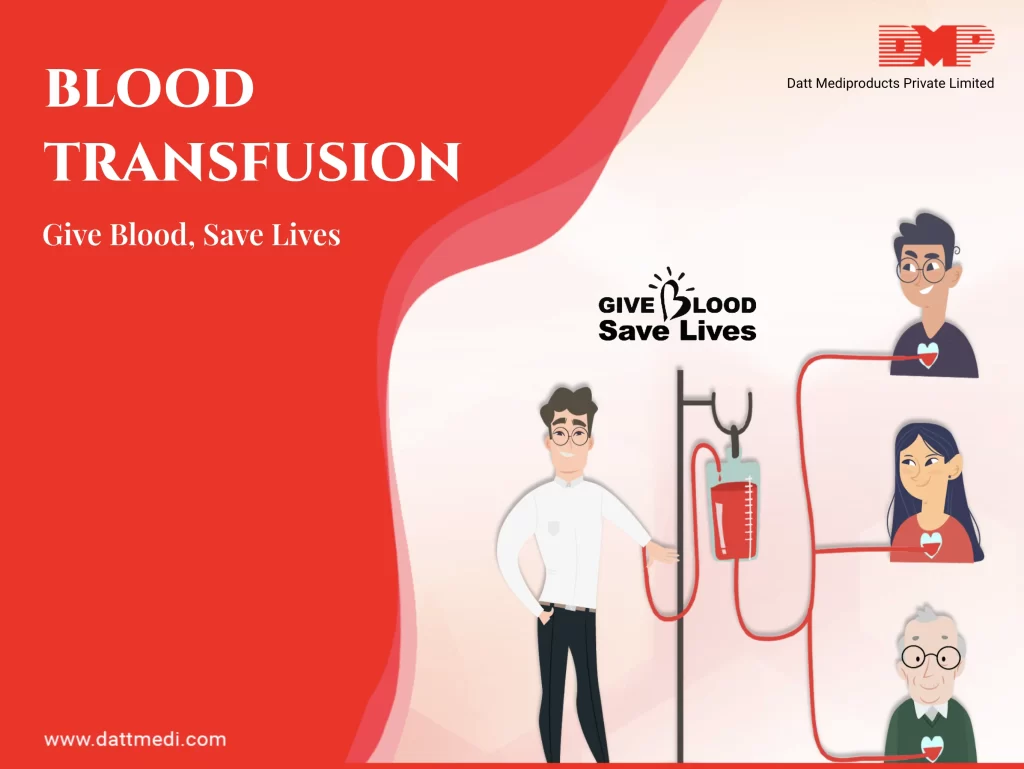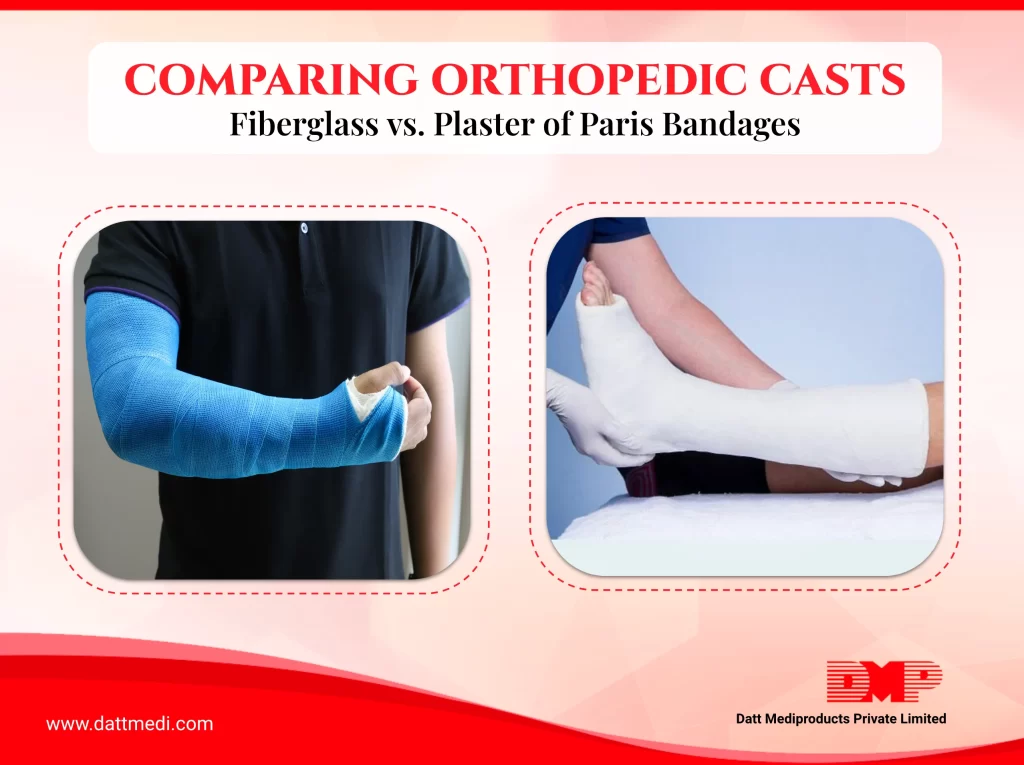
Have you ever thought about how many lives could be saved by blood transfusion? As per the American Red Cross Society, 1 donation can potentially save up to 3 lives. In India, every two seconds someone needs blood.
If you are amazed by this fact then you should learn more about this. Blood transfusion is not only helping to save lives but also helping to change millions of lives as it is essential during surgeries, cancer treatment, traumatic injuries, and chronic illnesses.
Blood Transfusion is a medical procedure in which a donor’s blood is provided to the recipient’s bloodstream through an intravenous line. It can be a life-saving procedure as it replaces the blood lost during surgery, serious injuries and post-trauma cases. When administered timely, a blood transfusion may relieve from morbidity and reduce mortality rates. It is a life-saving process for those people who are suffering from bleeding disorders like hemophilia or thrombocytopenia, or for those people who need blood due to their medical conditions like severe infections, liver diseases, cancer, anemia, thalassemia etc.
What are the different types of Blood Transfusion?
Blood has different components including Red Blood Corpuscles, White Blood Corpuscles, Platelets, and Plasma. Depending on the patients’ condition, a specific part of the blood is transfused, with red cells transfusion being the most common. Whole blood can also be transfused but it’s less common
–Red Cells Transfusion:
RBCs carry oxygen from the lungs to different parts of the body and also help to remove the carbon dioxide and other waste products. People need red blood cells transfusion in case of injury leading to heavy blood loss, surgery or severe anemia like iron deficiency anemia, sickle cell anemia, hemolytic anemia or thalassemia.
–Platelets and Clotting Factors Transfusion:
Platelets help in blood clotting including external bleeding and internal bleeding (which we can’t see). In certain illnesses or viral infections, our body doesn’t make enough platelets or clotting factors leading to the need of the transfusion. In the case of Hemophilia, a type of bleeding disorder, special clotting factors need to be transfused to replace the factors which the body lacks.
–Plasma Transfusion:
The liquid part of the blood is called Plasma, which mainly consists of proteins, hormones, clotting factors, vitamins, minerals etc. Plasma transfusions are required in case of severe infections, liver failures, burns etc.
Important Information about Blood Transfusion
–Serves the Immediate Crisis
Suppose there is a major accident, the patient is fighting between life and death and excess loss of blood is causing the patient to lose the feasibility to have any surgery/ major operation that is needed. Blood transfusion could be a lifesaver for all such patients in crisis. There could be many such cases where blood transfusion could serve the crisis like a person requiring urgent surgery, a woman suffering birth complications, or a public health crisis, disasters etc. Blood transfusions can be the difference between life and death; sickness and health.
–Techniques of Blood Conserving “Blood Bank”
Blood banks collect, test and store the blood. They screen the donated blood for the presence of any infectious agents like viruses. Blood is collected at body temperature of 37˚C, transported at a temp. of below 10˚C and stored at temperatures of around 4˚C until use. The oxygen carrying capacity of blood greatly reduces if it is not stored between 2˚C to 6˚C. The nutrients present in the preservative solution of the blood bag used during storage helps to prevent the blood from clotting.
How do you prepare for a Blood Transfusion
Donor blood is tested to determine the blood type (A, B, AB or O) and whether the blood is Rh+ or Rh-. The blood types of the donor and the recipient must match otherwise antibodies in recipient body consider the new blood as foreign and attack it, leading to non-acceptance.
In very rare cases there may be complications associated with Blood Transfusions, which are otherwise considered very safe. They may occur during the procedure or several days after also.
Let us understand a few of them:
– Allergic Reactions:
Some people may develop allergic reactions to the blood even when the blood is of the right type. Symptoms may include chest or back pain, anxiety, breathing difficulties, chills, fever, low blood pressure, and nausea.
–Viruses and Infectious Diseases:
Catching viral infection from the blood transfusion is rare but still, there are some infectious agents which survive in the blood and may infect the recipient’s body. Therefore, Blood Banks carefully screen the donated blood to avoid such complications.
–Fever:
A sudden increase in body temperature within a day or two of the blood transfusions may be because of the body’s natural response to the WBCs in the new blood.
–Iron overload:
Too much iron builds up in the body due to various blood transfusions refers to Iron Overload and it often damages the liver, heart and other body parts. This is more common in people who have blood disorders and require multiple transfusions.
–Acute Immune Hemolytic Reaction:
If the donor and recipient’s blood types don’t match, recipient’s body attacks the RBCs in the new blood and produces substances harmful to the kidneys. Symptoms include fever, nausea, pain in the chest or back, chills, and dark urine.
–Delayed Hemolytic Reaction:
This is a slower version of Acute Immune Hemolytic Reaction. The reaction is so slow that it often goes unnoticed.
–Graft-Versus-Host Disease: In this condition, WBCs in the new blood may attack the recipient body’s tissues and can be fatal. This occurs in people with a weakened immune system.
Multiple people are suffering from blood loss due to major issues like natural disasters, accidents, and diseases. For blood transfusion, of course, more blood is required.
In 2016-17, India fell short of 1.9 million units of blood which could have helped in 320,000 heart surgeries or 49,000 or transplants. So, help others by donating blood to the Blood Banks from time to time so that a good reserve of all blood types is immediately available in times of emergency.
Through Awareness campaigns, we must motivate people to donate blood. Organizing “Blood Donation” camps with the help of the Red Cross Society can help encourage people.




